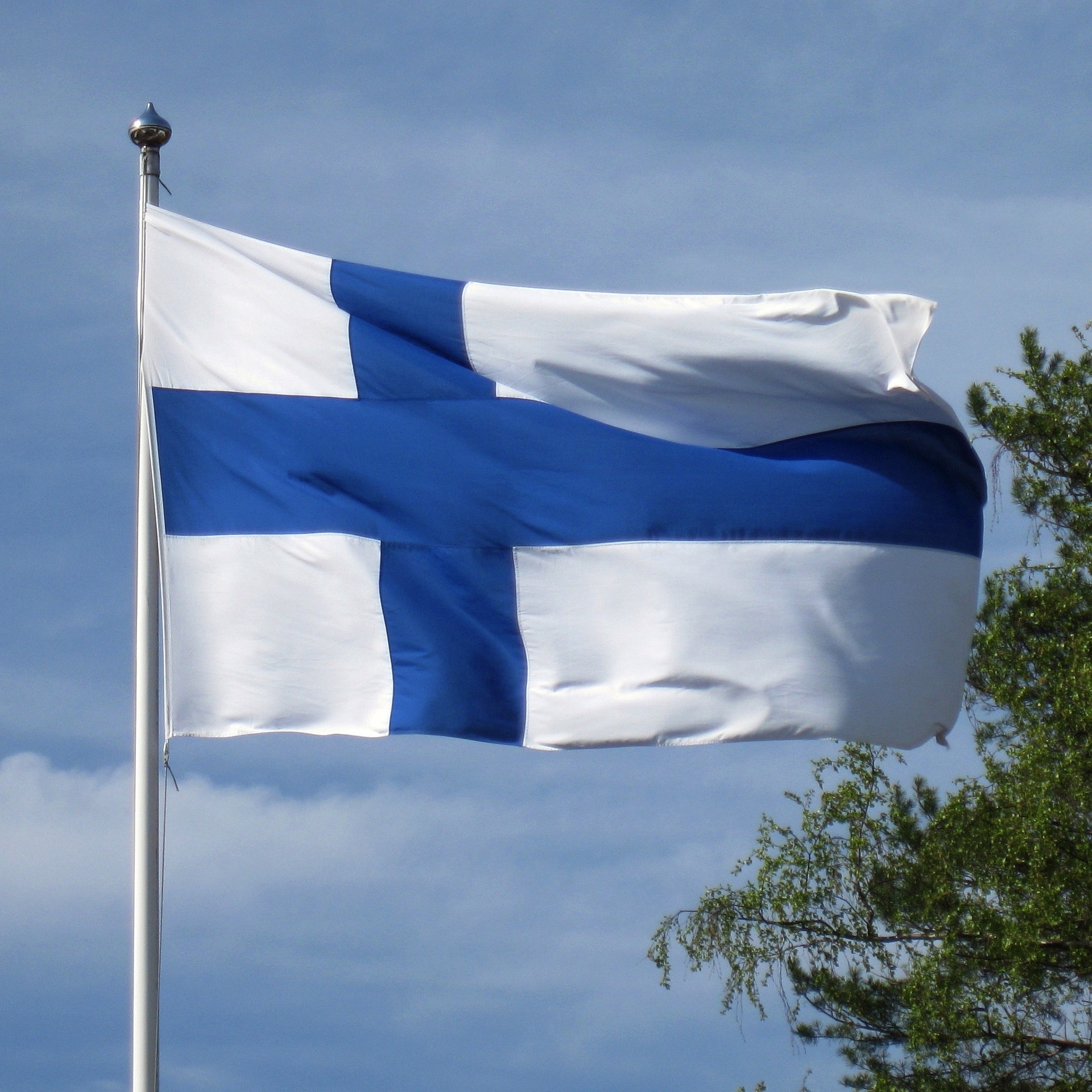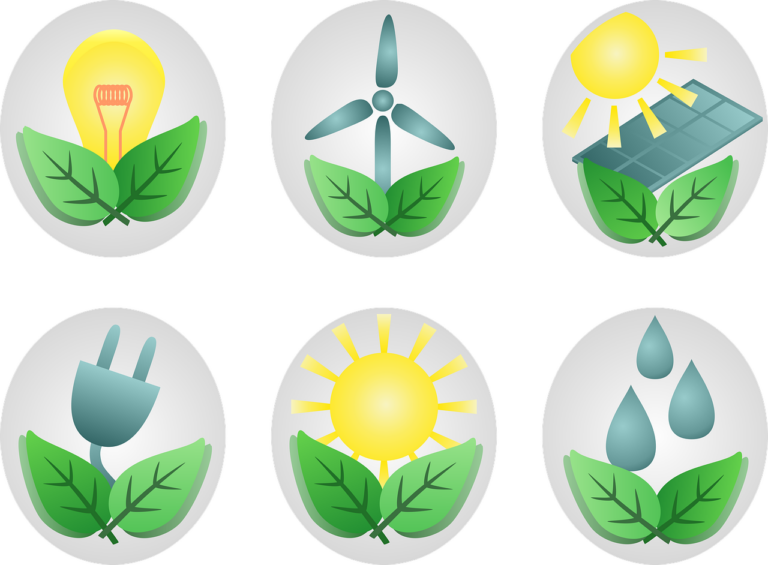
Brussels: Finland officially becomes a member of the North Atlantic Treaty Organization (NATO) today. It completed the accession process in full following which the Finnish flag was raised here at NATO Headquarters.
Finland joining the alliance coincides with NATO Day today, and April 4th is also the 74th anniversary of the NATO Alliance.
“On this historic day, as we mark the 74th anniversary of NATO, we also welcome Finland as NATO’s 31st Ally. Finland is stronger and safer within the Alliance, and the Alliance is stronger and safer with Finland as its Ally,” Antony J. Blinken, United States Secretary of State, said here today.
The Turkish Foreign Minister Mevlut Cavusoglu submitted the instrument of ratification to Blinken today and welcomed Finland as a new Ally. “And with Finland, our Alliance is much more strong,” Cavusogly said. Blinken informed NATO Secretary General Jens Stoltenberg that Türkiye deposited with him, on behalf of the United States, Türkiye’s ratification of the instrument of acceding to the protocol for Finland’s accession to NATO – “And with the receipt and submission of that protocol, I can say that the protocol is now in force.” Following this, Stoltenberg handed over the formal invitation on behalf of all the Allies to Finnish Minister for Foreign Affairs Pekka Olavi Haavisto for the Republic of Finland to accede to the North Atlantic Treaty. At the same time, the NATO Secretary General invited Haavisto to deposit the documents of accession to the US Government represented by Secretary Blinken. Haavisto then deposited with Blinken Finland’s Instrument of Accession to the North Atlantic Treaty.
Blinken noted that Finland has a highly capable military and has been an active participant in NATO-led operations. “It also shares our values and strong democratic institutions. We are confident Finland’s membership will strengthen our collective defence and enhance our ability to respond to security challenges in the Euro-Atlantic area.”
Ambassador Julianne Smith, the US Permanent Representative to NATO, told media persons here today. “So a lot to celebrate…, a big moment for all of us that work here at NATO headquarters, and big moments for the folks back in Finland. And we hope they will be joined by Sweden in the not-too-distant future.”
She added: “Obviously for somebody like Vladimir Putin, he had assumed that the NATO Alliance would splinter or fracture and ultimately look away and be unable to sustain its support for the people of Ukraine. But in fact, the exact opposite has happened. NATO is stronger and more unified as ever, and tomorrow we will be celebrating its 31st member.”
Blinken said Russia’s further invasion into Ukraine last year precipitated the very thing President Putin wanted to avoid: a stronger, more unified, Transatlantic Alliance. “Sweden is also a strong and capable partner that is ready to join NATO. We encourage Türkiye and Hungary to ratify the accession protocols for Sweden without delay so we can welcome Sweden into the Alliance as soon as possible,” he informed.
In terms of the NATO Foreign Ministerial Meeting today, there were three main sessions at NATO today, beginning with a NATO-Ukraine Commission meeting. All of the members, including Finland as a full-fledged member, sat around the table and joined the Minister of Foreign Affairs of Ukraine Dmytro Kuleba. Blinken reaffirmed the US support for NATO cooperation with Ukraine and a long-term commitment to building Ukraine’s defence and deterrence capabilities. The two also discussed continued U.S. bilateral support for Ukraine’s battlefield needs, and the Secretary underscored the importance of Ukraine’s future as a strong, independent, and democratic country. Pursuant to a delegation of authority from President Joe Biden, Blinken authorized the 35th drawdown of US arms and equipment for Ukraine valued at $500 million. This military assistance package included more ammunition for US-provided HIMARS, air defence interceptors, and artillery rounds that Ukraine is using to defend itself, as well as anti-armour systems, small arms, heavy equipment transport vehicles, and maintenance support essential to strengthening Ukraine’s defenders on the battlefield. In addition, the US Department of Defense announced a significant package that includes air defence capabilities, as well as artillery and tank ammunition, mortar systems, rockets, and anti-armour systems under its Ukraine Security Assistance Initiative.
Secondly, there was a session with NATO’s Indo-Pacific partners – Australia, New Zealand, Japan, and the Republic of Korea in Brussels today. They actually joined a NATO ministerial a year ago, in April of 2022, for one of its first sessions at a ministerial with the Indo-Pacific partners -“a follow-up at an important moment for us to come together and continue talking about some of the crosscutting issues that collectively we’ve been tackling together and look for opportunities to share more best practices and unique insights,” Smith said.
Lastly, there was a session just for NATO Allies, just for the 31 members around the table to look at a “variety of questions” in that session, including resourcing. “We’re going to be rolling out something that will replace the defence and investment pledge that was created in 2014,” Smith said before the meeting. The allies discussed the South and also talked more broadly about deterrents and defence and working towards some of those summit deliverables that NATO will be rolling out later this summer.
– global bihari bureau





